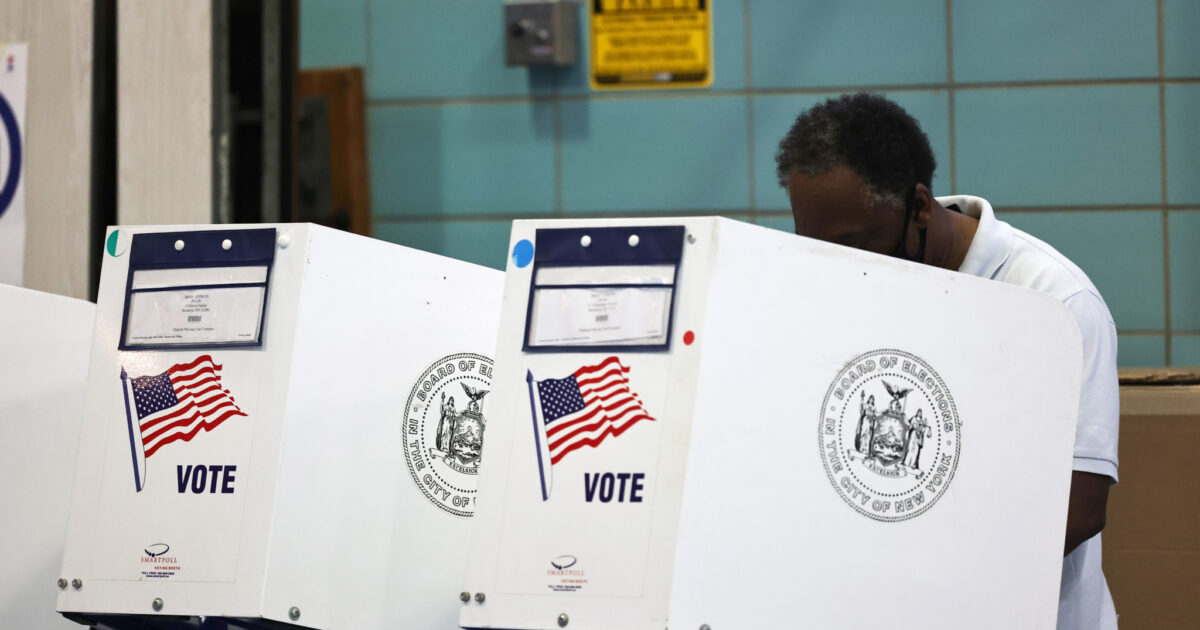| David Daley | In These Times |
In 2016, only 10 cities used RCV. Now that number is well over 50, ranging from small towns in Utah and liberal cities like San Francisco and Minneapolis. In 2020, several states used RCV to select presidential candidates in primaries, and in recent years Virginia Republicans have used RCV to select their nominees for governor and candidates for the U.S. House. In recent years, Maine and Alaska adopted RCV, and last week, Nevada took a step toward joining them after voters passed a constitutional amendment instituting RCV in key state and national elections (a second vote in 2024 will be needed to seal the win). Seattle and Portland, Oregon, were among the seven new cities and local counties that adopted RCV on Election Day this year while Arlington, Virginia voted to adopt it by statute. More than 15 million people now live in cities, counties and states that regularly use ranked choice elections. One consistent theme: younger people across the political spectrum are most ready for RCV.
Grounded in a growing reform coalition of national and state groups, these wins are proof that voters everywhere want better elections with more meaningful choices: Surveys conducted after RCV elections show that voters find RCV elections easy and enjoy the additional voice and choice.
”RCV and the Fair Representation Act provide the tools we need to truly achieve the promise of our democracy.
This summer, more than 200 scholars signed an open letter to Congress calling for this approach to be used in U.S. House elections. They urged leaders to “embrace this political richness by joining nearly every other advanced democracy in moving to more inclusive, multi-member districts made competitive and responsive by proportional representation.”
There’s no denying that this remains a perilous moment for U.S. democracy. But there’s also growing agreement that RCV and the Fair Representation Act provide the tools we need to truly achieve the promise of our democracy. As RCV’s usage continues to expand, it shows that even in polarized times, real change lies within our grasp.





